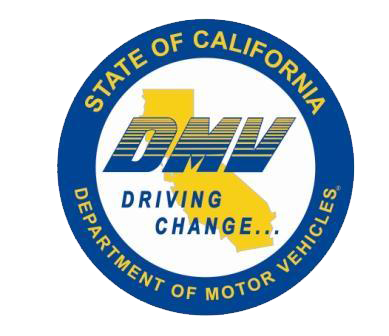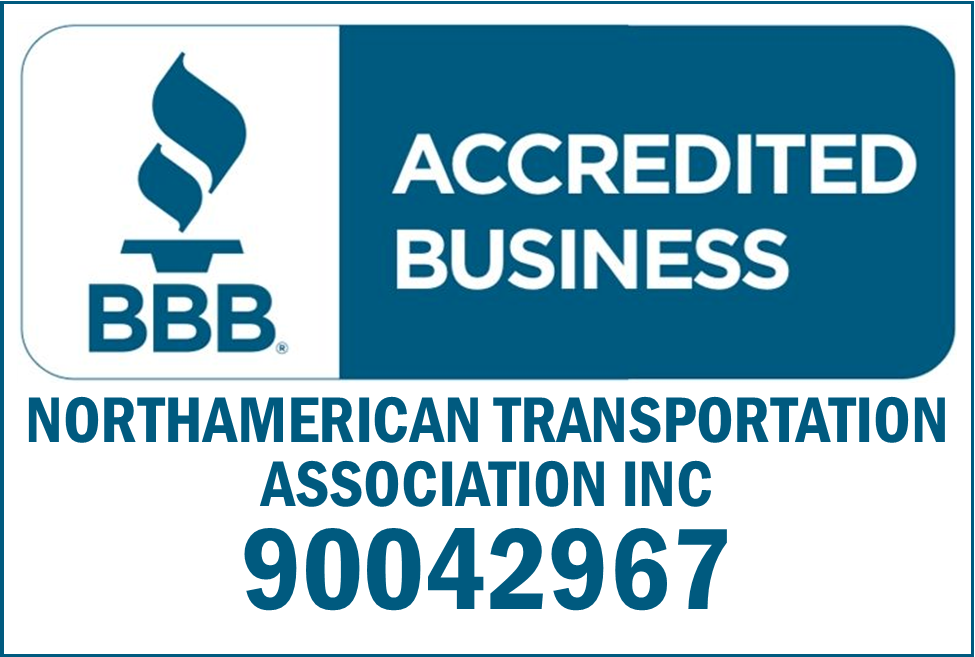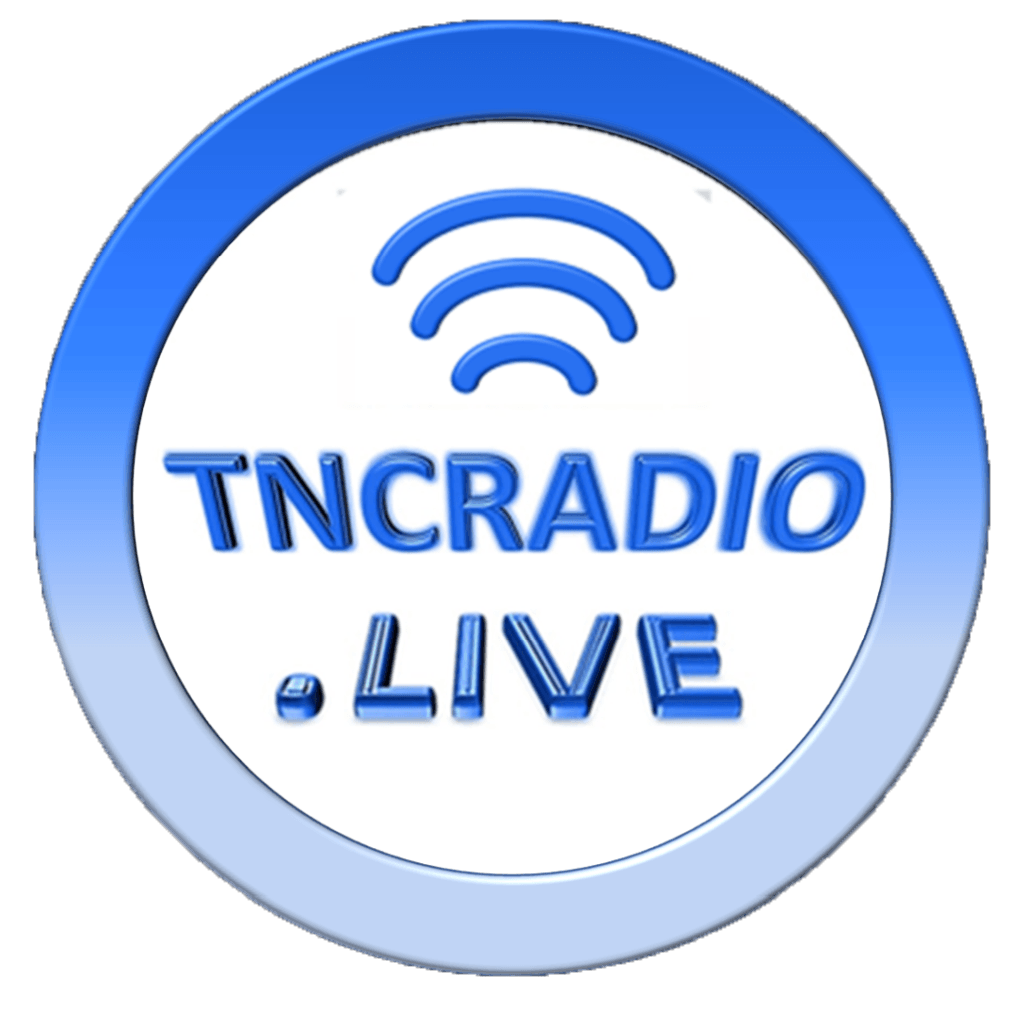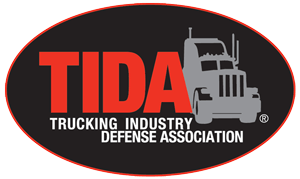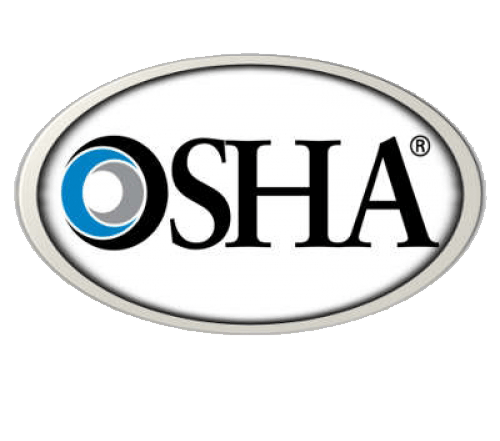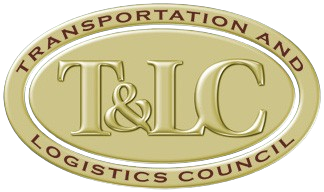What you need to know about the California intrastate ELD mandate
Professional interstate drivers have been required for the past several years to use ELDs to keep track of their hours of service. Since the implementation of the mandate, many states have also adopted ELD use for intrastate drivers. California is next, adopting ELD use for drivers at the turn of the year.
The California Highway Patrol has issued a final rule requiring ELD use by intrastate drivers on and after Jan. 1, 2024.
The rule requires the use of devices that meet the requirements in Part 395, Subpart B of the Federal Motor Carrier Safety Regulations (FMCSRs) by drivers who currently use paper records of duty status to record their hours of service.
Since this ruling specifically affects California’s intrastate drivers, it is essential for fleets to understand the Federal Motor Carrier Safety Administration’s definition of “intrastate.”
The big deal for fleets is understanding the differences when it comes to interstate and intrastate commerce. If a motor carrier doesn’t correctly identify its operations, the motor carrier and its drivers may be in violation of the regulations, which can lead to fines and penalties.
Intrastate commerce does not necessarily mean that drivers and vehicles that remain exclusively within a state. Travel does not include crossing state lines, travel over the border into and/or from Canada or Mexico, or transporting cargo or passengers originating in or destined for another state or country.
Intrastate means that if the origin and destination of the freight begins and ends within the State it is intrastate freight. A good rule of thumb is if the freight is going to or from an airport, an ocean port or a railroad it is interstate freight.
For California fleets subject to the ELD requirements, training should also be top of mind. The new rule requires that drivers be trained in the proper operation of ELDs. These training requirements — coupled with installation time and the innate learning curve associated with new technologies — make it
crucial for carriers to start the compliance process early.
If you haven’t started the process to comply with the California ELD mandate, you need to start today. Fleets shopping for ELD providers should ensure the ELD is on the FMCSA’s list of registered ELDs before purchasing devices in order to avoid unexpected compliance issues.
North American Transportation Association is the ONLY transportation Association in the United States that offers to its members a FMCSA approved ELD at the below market price of just $13.00 per month. GPS and IFTA tracking is $6.00 per month each.
The reason for the low cost is simple, the NTA wants to give back to its members, so they are subsidizing the balance.
While getting a new tool up and running can be frustrating, ELDs provide a wealth of benefits. Fleets that use ELDs can leverage data to stay competitive in challenging economic times, as they can help improve driver productivity and trip planning, eliminate fuel waste, and run a safer operation.
ELD use is a best practice for any driver as it provides a framework for reducing fatigue and mitigating risk. ELDs support a company’s commitment to stated policies and procedures to prevent fatigued driving.”
As the year winds down, interstate and intrastate carriers alike would be wise to take a moment to review all safety requirements, ensuring understanding and compliance across the board. This process should include making sure all drivers are trained on safety regulations as well.
Call NOW 800-805-0040 or go to ntassoc.com/nta-electronic-logging-devices
Content Disclaimer: Due to the constantly changing nature of government regulations, it is impossible to guarantee the total and absolute accuracy of the material contained herein or presented. NorthAmerican Transportation Association (NTA) cannot and does not assume any responsibility for omissions, errors, misprinting or ambiguity contained. NTA shall not be held liable in any degree for any loss, damage or injury caused by any such omission, error, misprinting or ambiguity present. It is made available with the understanding that NTA is not engaged in rendering legal, accounting or other professional service. If legal advice or other expert service is required, the services of such a professional should be sought.



